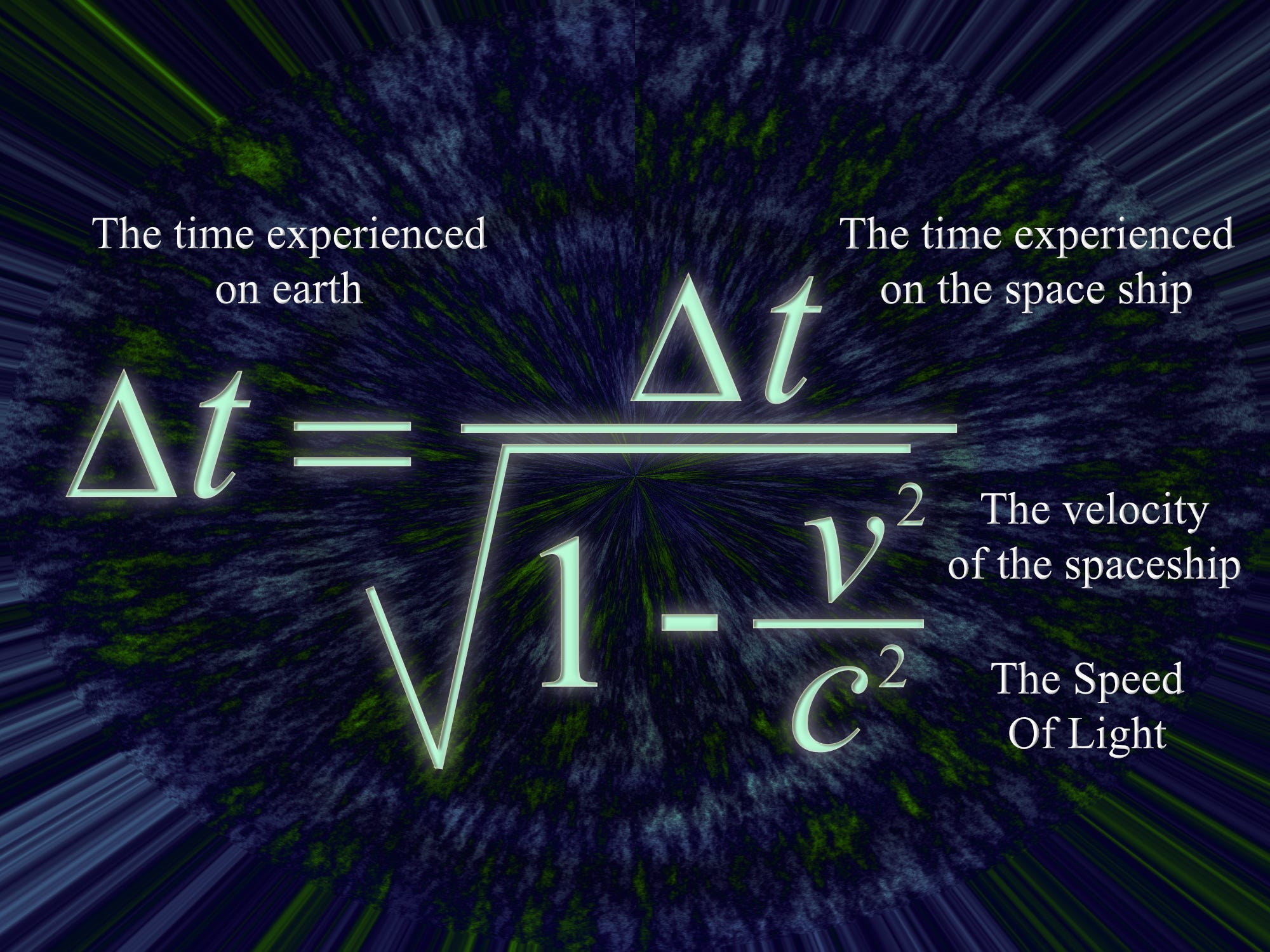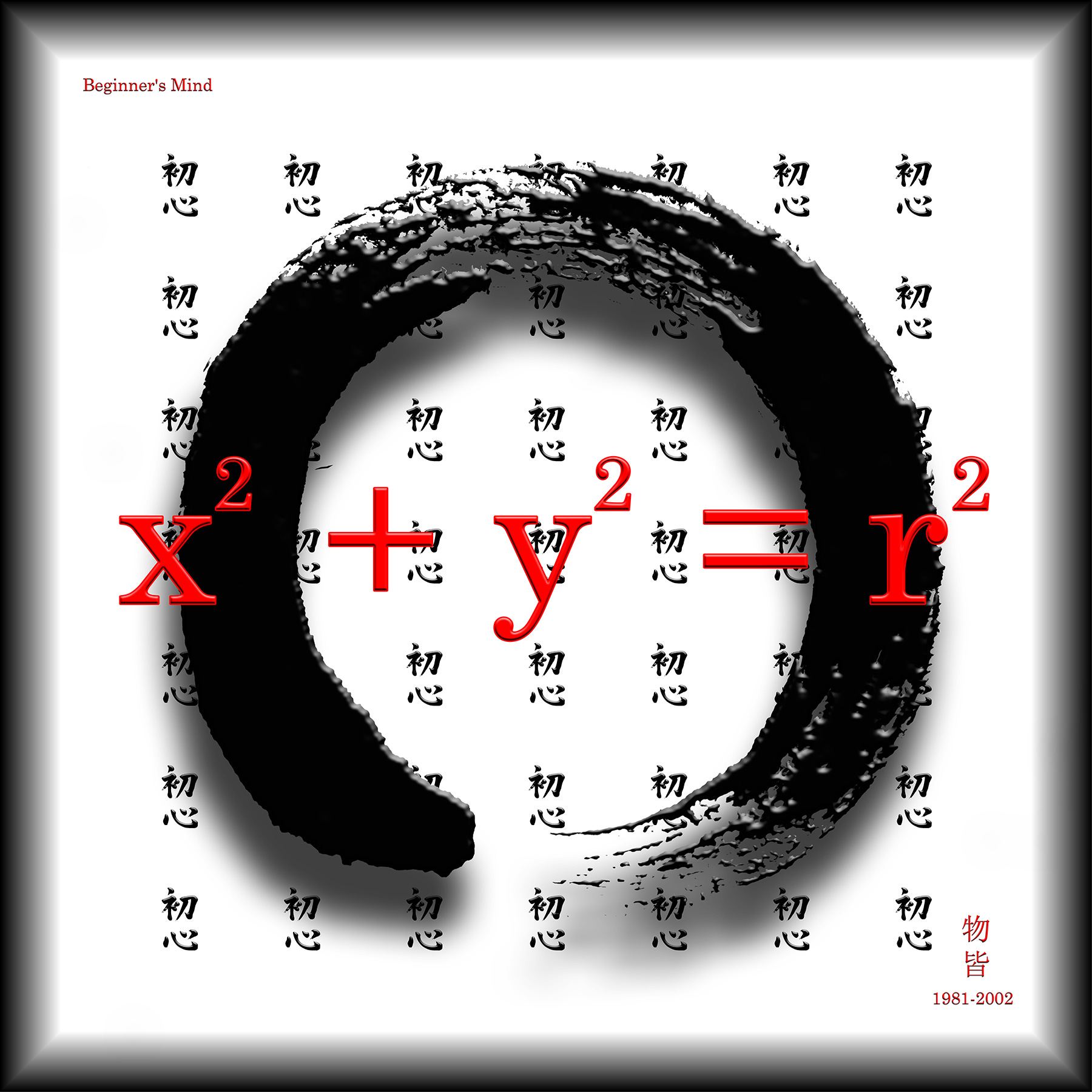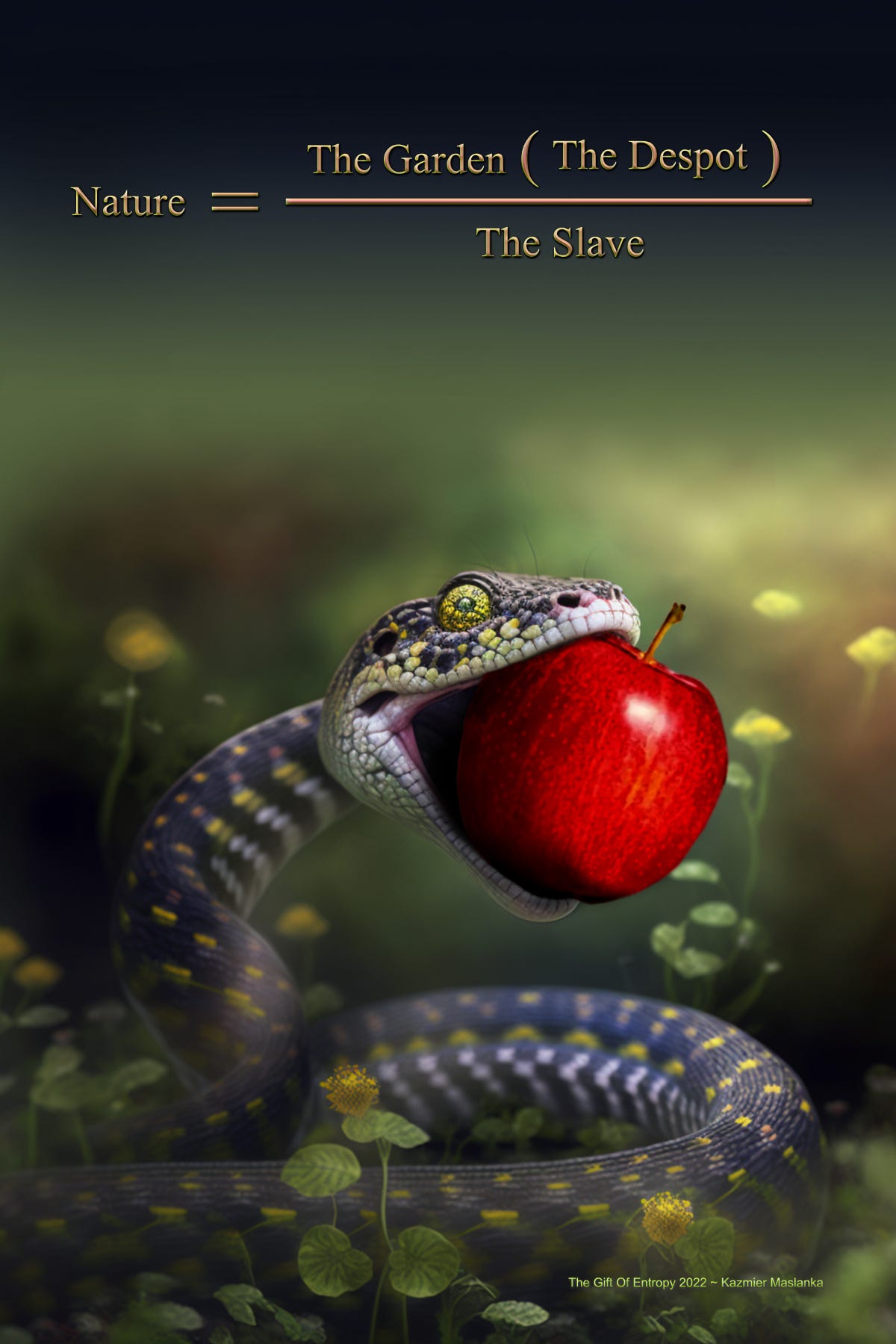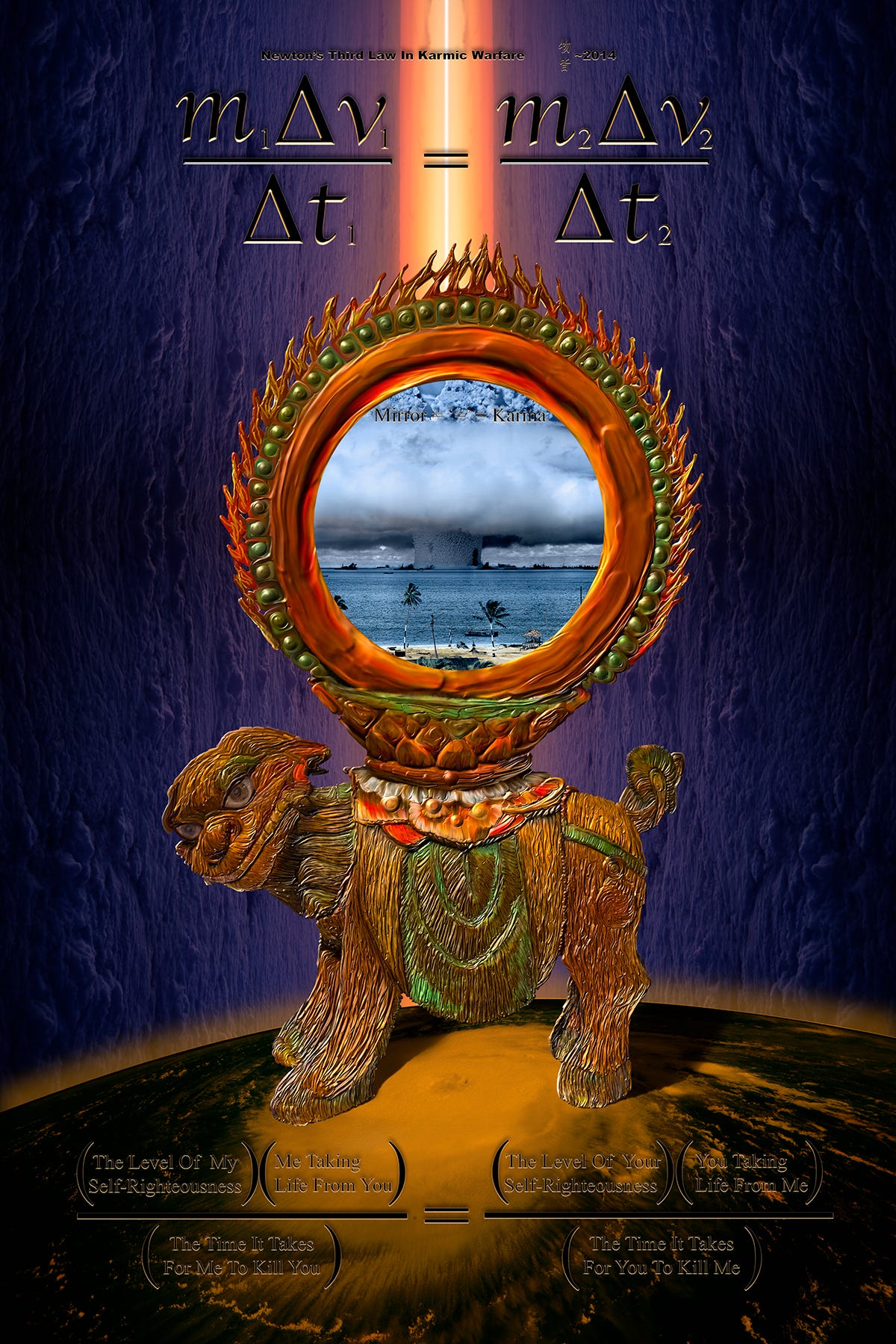List of Fantastic Reviews by Alberto Indiana & Angiezska Iwanowski
The Prison of Hope
Algebra of the Anxious Mind:
Kazmier Maslanka’s Pandemic Meditation
by Alberto Indiana








Posted by
Kaz Maslanka
at
1:48 AM
0
comments
![]()
Let’s carefully analyze Kazmier Maslanka’s "Delusions of Control" based on the metaphorical mapping, visual composition, and philosophical implications of the piece.
Maslanka often encodes meaning into proportional relationships, and here he presents the equation:
GraveyardAfghanistan=EmpireHopeThis proportional mapping suggests that Afghanistan is to a graveyard as hope is to an empire.
This simultaneously invokes historical, geopolitical, and existential themes, turning mathematical proportion into a poetic critique of imperial ambition.
Let’s break down the metaphorical mapping within the equation:
Afghanistan → Graveyard:
Hope → Empire:
Thus, the equation mathematically encodes the cycle of imperial failure—just as every empire hopes for power, it ultimately meets its grave in Afghanistan.
The image itself reinforces the poem’s message through visual symbolism:
A vast military graveyard resembling Rosecrans Cemetery:
Billowing fire-orange clouds on the horizon:
Maslanka’s "Delusions of Control" works on multiple levels:
Maslanka achieves a brilliant fusion of mathematical logic and poetic critique by:
✅ Using a mathematical proportion to encode historical and political insight.
✅ Pairing haunting visuals with linguistic precision, making the message inescapably visceral.
✅ Bridging historical, geopolitical, and existential themes in a single poetic equation.
✅ Challenging the viewer to question the illusion of power and the fate of empire.
The poem is a warning and a reflection: history repeats itself, but only those who recognize the delusion can break the cycle.
Maslanka’s "Delusions of Control" is ultimately a mathematical epitaph for empire:
Posted by
Kaz Maslanka
at
9:32 PM
0
comments
![]()
Kaz Maslanka and John Horton Conway
There are compelling connections between the surreal aspects of John Horton Conway's work and Kazmier Maslanka's mathematical visual poetry, particularly in how both thinkers challenge conventional boundaries, blend disparate ideas, and create new cognitive spaces through abstraction and juxtaposition. Here are some key parallels:
Both John Horton Conway’s surreal numbers and Kazmier Maslanka’s mathematical visual poetry push the boundaries of traditional disciplines by blending logic, paradox, recursion, and infinite structures into new conceptual forms.
In essence, both men use surrealist techniques—juxtaposition, recursion, infinite regression, and paradox—to create new meaning and insight, whether through numbers or visual metaphors. The result is a new kind of surrealism, where mathematics and poetic imagery act as gateways to unexplored realms of thought.
Posted by
Kaz Maslanka
at
7:59 PM
0
comments
![]()